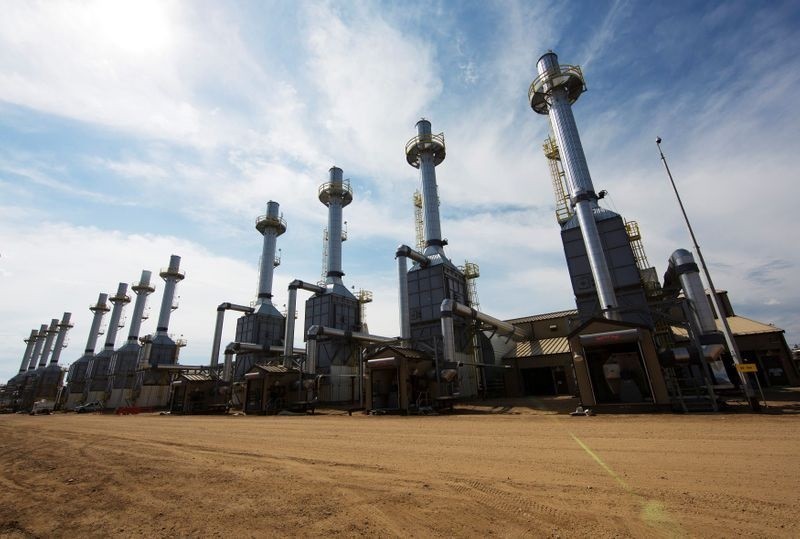Oil prices slip on weak U.S. demand

Oil prices fell slightly Friday after sliding around 3% in the previous session on weakened demand in the United States, the world’s top oil consumer, and a pick-up in supply from Libya.
Brent crude futures dipped 81 cents, or 0.8%, to $103.02 a barrel, while U.S. West Texas Intermediate (WTI) crude futures were down by $1.12, or 1.2%, at $95.23.
WTI has been pummeled over the past two sessions after data showed that U.S. gasoline demand had dropped nearly 8% from a year earlier in the midst of the peak summer driving season, hit by record prices at the pump.
“At 8.52 million barrels per day, demand is at its lowest seasonal level since 2008, as high gasoline prices take their toll on consumers,” ANZ Research analysts said in a note.
The drop in WTI put the contract on track for a 1.8% drop this week, which would be its third consecutive weekly loss.
In contrast, signs of strong demand in Asia propped up the Brent benchmark, putting it on course for its first weekly gain in six weeks.
Demand in India for gasoline and distillate fuels rose to record highs in June, despite higher prices, with total refined product consumption running at 18% more than a year ago and Indian refineries operating near their busiest levels ever, RBC analysts said.
“This signals much more than a strong recovery from Covid-plagued years,” RBC analyst Michael Tran said in a note.
On the supply side, the restart of output at several oilfields in Libya this week kept a lid on Brent’s gains.
Meanwhile the European Central Bank (ECB) raised rates more than expected on Thursday looking to rein in inflation, with ECB President Christine Lagarde warning that inflation risks had intensified, with the Ukraine war likely to drag on and energy prices likely to stay high for longer.
“Is the horizon clouded? Of course it is,” Lagarde said.
However, she said, the central bank’s base case is there will be no recession this year or next year.

